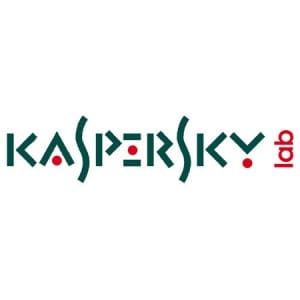Channel News
Distributors Playing A More Prominent Role In Channel Demand Creation

As suppliers vie to increase partnerships across markets and geographic locations, distributors are becoming more vital to the success of channel demand initiatives. At the 2012 SiriusDecisions Summit, Maria Chien, Research Analyst for Channel Management Strategies at SiriusDecisions, spotlighted how suppliers can use distributors to drive communication and brand penetration among partners, prospects and even end-users. The three-day event took place at the Phoenician Resort in Scottsdale, AZ.
During her session, titled “Using Distributors to Drive Channel Demand Creation,” Chien reaffirmed distributors’ growing importance in the channel. “As suppliers broaden their reach across more partners, they find distributors hold the key to those partners and whether or not they accomplish goals,” she said.
New requirements for channel marketers — especially within organizations that follow a two-tier channel sales model — include:
1. Fill the gap in partner marketing skills;
2. Generate repeatable, scalable demand for partners;
3. Drive partner adoption for supplier offerings; and
4. Gain visibility into sell-through business.
“As we look to see where distributors can add value, you have to consider that distributors are in the same race to revenue as suppliers,” Chien explained. “They can aid in the suppliers’ efforts to go-to-market.”
Since distributors are more “in the trenches” of specific markets and verticals, they have the knowledge and ability to identify top performers. They also have the competencies and solution expertise, as well as the mindshare and stance as established sources for industry trends.
With the ability to find and recruit partners, build program awareness and execute programs with partners, distributors are able to bridge the gap between suppliers and their partner networks give them the ability to go-to-market more efficiently, according to Chien. Additionally, distributors have greater insight into partners’ pre- and post-sale information to provide insight on partner progress on leads, deal registration and point-of-sale.
To optimize channel performance, suppliers can implement the TRED (Technology, Recruitment, Enablement, Demand Creation) model, which helps organizations gauge and align program investments, as well as identify key areas of vulnerability and performance.
Technology/Infrastructure: “When partners are working with suppliers and distributors, they’re bogged down with back-end processes and don’t spend as much time selling,” Chien explained. As a result, distributors help partners update partner portal information, and manage PRM and LMS technologies, which can become a daunting task.
Recruitment Efforts: Many suppliers tend to recruit partners that volunteer interest, rather than searching for those that fit a predetermined profile. Efficient distributors help track and screen partners, leading to better partnership decision-making.
“It costs more to recruit and manage the wrong set of partners than the right set of partners,” Chien said. “Finding that ideal partnership up front will help you have a more successful partner lifecycle.”
Suppliers need in-depth details into partner potential and overall positioning in a market. Distributors offer that expertise, as well as the target prospect pool and recommendations, to drive network success.
Enablement: Suppliers are often challenged to deploy a cost-effective, scalable effort to support partners, Chien reported. Distributors act as the “middlemen,” delivering product training and skill development initiatives, as well as content on specific industry trends/pain points, solution information, support, and demo services to end-users.
Suppliers also can provide turnkey tools to distributors to enable partners to move customers through the buyer’s journey. Ideal sales and marketing collateral includes presentations, playbooks, ROI content and other reference materials.
Demand Creation: Distributors have critical insight to understand which partners offer the best opportunities to sell solutions, as well as which markets/verticals are ideal to market to.
According to data from SiriusDecisions, 35-54% of channel marketing budgets are being invested in lead generation programs. The rest is spent trying to get partners to pay attention to available programs.
“We don’t want to have a ‘build it and they will come’ approach,” Chien explained. Suppliers need the support to drive awareness on program updates, new marketing assets, incentive programs and other offers. Moreover, distributors can provide partners with sales and marketing resources as soon as they are available, driving mindshare and piquing interest among customers and prospects.


![Are B2B Marketers Drowning In Content [Infographic]](https://channelmarketerreport.com/wp-content/uploads/2014/07/infographic-feature-tile-300x230.jpg)











